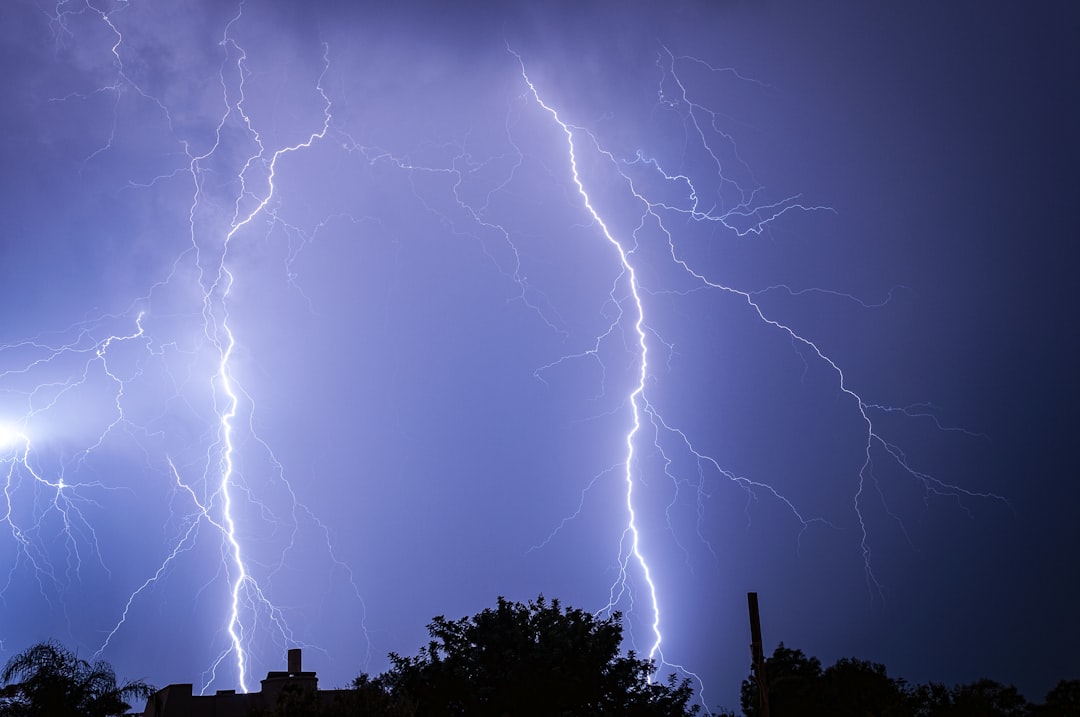What is it about?
We compare the dynamics and qualitative evolution of idealized 50-m cloud model experiments simulating a supercell thunderstorm as the surface drag coefficient is varied. Non-zero drag is required for tornadogenesis in our experiments, whose environment is derived from the 3 May 1999 Oklahoma tornado outbreak. Drag strength comparable to dense forest or suburbs maximizes the tornado's longevity and strength, while extreme drag comparable to an urban core shows some indications of inhibited strength. The importance of drag in generating horizontal vorticity ultimately imported into the tornado is also examined.
Featured Image

Photo by NOAA on Unsplash
Why is it important?
The relevance of surface drag in generating tornadic and mesocyclonic vorticity on the storm-scale is an important topic of severe storms research in recent years, and quantitative insights into this question may help to improve tornado prediction by allowing information about land use and terrain to be incorporated. We show here that in an idealized, homogeneous environment representative of a high-end U.S. Great Plains tornado case, relatively strong surface drag in the immediate storm environment may contribute positively to the potential for low-level mesocyclone and tornado formation.
Read the Original
This page is a summary of: The effect of surface drag strength on mesocyclone intensification and tornadogenesis in idealized supercell simulations, Journal of the Atmospheric Sciences, February 2020, American Meteorological Society,
DOI: 10.1175/jas-d-19-0109.1.
You can read the full text:
Contributors
The following have contributed to this page










